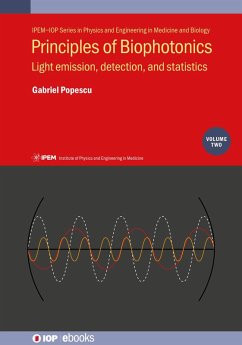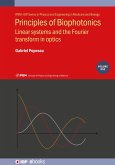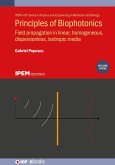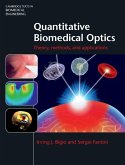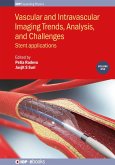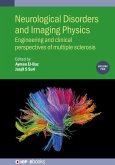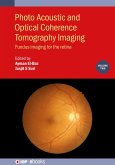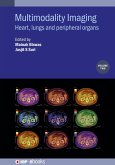Principles of Biophotonics, volume two describes detection and statistical representation of optical fields. Beginning by placing the visible spectrum in the context of the electromagnetic frequency range, this presentation stresses how thin of a sliver is normally called the optical spectrum. To be able to describe properties of light with technical accuracy, the most common radiometric quantities are introduced, and conversion to photon-based quantities is explicitly presented. For completeness, an analogy to the photometric quantities is also made.
Additionally, this volume covers the three fundamental mechanisms for generating light: blackbody radiation, fluorescence and laser emission, as well as emphasizing the specific properties of each type of radiation, especially in terms of the optical power spectrum. There are chapters devoted to the classification, figures of merit, and physical principles of optical detection and special attention is paid to detection noise and its statistical description, as these concepts factor in virtually all experimental situations. Finally, field correlations are explored, both in time and space. Each chapter contains a set of practice problems and additional references, and this book aims to build the foundation for further study in subsequent volumes.
Additionally, this volume covers the three fundamental mechanisms for generating light: blackbody radiation, fluorescence and laser emission, as well as emphasizing the specific properties of each type of radiation, especially in terms of the optical power spectrum. There are chapters devoted to the classification, figures of merit, and physical principles of optical detection and special attention is paid to detection noise and its statistical description, as these concepts factor in virtually all experimental situations. Finally, field correlations are explored, both in time and space. Each chapter contains a set of practice problems and additional references, and this book aims to build the foundation for further study in subsequent volumes.
Dieser Download kann aus rechtlichen Gründen nur mit Rechnungsadresse in A, D ausgeliefert werden.

